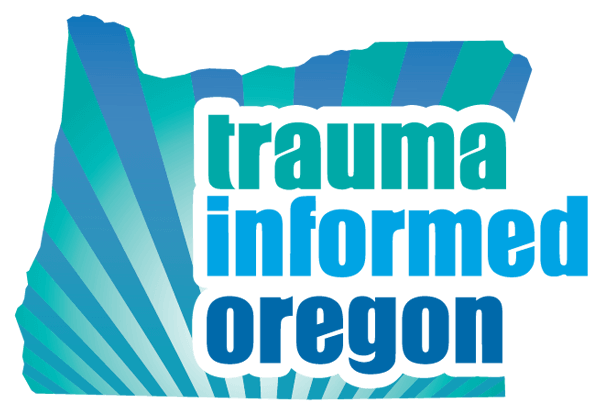Implementation and Accountability Overview
 Implementing Trauma Informed Care (TIC)
Implementing Trauma Informed Care (TIC)
Trauma Informed Oregon’s (TIO) implementation and accountability pages will be a resource for collective learning; where we can share findings of some of our own research and evaluation projects but also highlight the results you are observing in your efforts to be trauma informed. In this section you will find tools to assist in the implementation process, as well as findings from research and evaluation.
 Conducting Research During TIC Implementation
Conducting Research During TIC Implementation
TIO has created a number of tools to assist in the implementation process. These tools can also be used as a way to evaluate progress. However, keep in mind that the tools are purposefully nonspecific as a way to be useful across multiple systems. This means that in order to use the tool for evaluation, you will likely need to define (or as they say in the research world, operationalize) the concepts you are measuring. For example, if you want to measure the number of staff who have attended TIC training, you will need to clarify what is meant by training (e.g., full day, in person only, covering certain topics).
 Implementation Tools
Implementation Tools
Despite a clear need for trauma informed care (TIC), it can be challenging to know what to do or where to start.
It’s helpful to know which tools to use for your particular needs as well as how they can be used in conjunction. For additional information, refer to these previous blogs, Introducing the TIC Screening Tool: Adding Detail to Implementation, and the Human Services Implementation Lab's website.
Road Map to Trauma Informed Care

The Road Map is a simple image of the steps necessary for organizational change. It can be used to quickly demonstrate that striving for TIC is a process. The Screening Tool building on the Roadmap by adding phases to the steps.
Trauma Informed Care Screening Tool

The Trauma Informed Organizational Screening Tool combines the steps of implementation from the Roadmap with Phases of change adapted from the Missouri Model. These tools combined illustrate the steps to take and recognize the developmental process that occurs over time with the phases. Underneath each phase are activities that demonstrate growth toward that step on the Roadmap. Circle which Phase your organization is in and then circle all of the activities that have been accomplished. This can help assess where to focus your resources.
Trauma Informed Care Logic Model

The logic model provides a good framework for research and evaluation by linking activities to the principles of TIC to short and long term outcomes. Each section provides ideas about concepts that can be assessed and analyzed. Although each of the sections on the logic model is important to investigate, one of the most helpful sections relates to the strategies used to demonstrate TIC. Consider implementing a policy or practice and measuring the impact, and then let us know what you learned. Remember to clearly define the concepts being measured and be realistic about what can change as a result. For example, putting more lighting in the parking lot may not increase appointment completions at a health care clinic, but it may make staff or patients feel safer.
Trauma Informed Care Implementation Tool

The Trauma Informed Care (TIC) Implementation Tool from Trauma Informed Oregon provides a comprehensive framework for integrating trauma informed policies, practices, and care into any organization's structure. In 2022, Trauma Informed Oregon collaborated with the Human Services Implementation Lab to develop this tool by reorganizing and condensing the Standards of Practice in a measurable format. The TIC Implementation Tool was designed to address a growing demand from organizations to evaluate their alignment with trauma informed care and track their progress. There are tiered options for using the tool.
